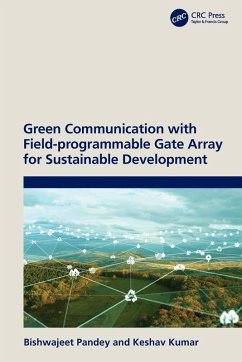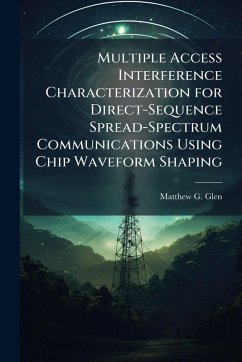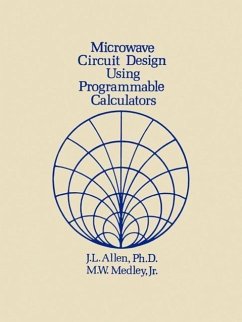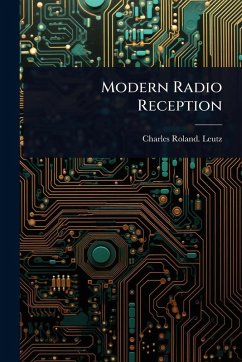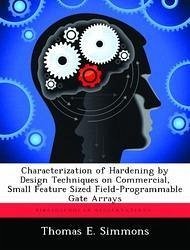
Characterization of Hardening by Design Techniques on Commercial, Small Feature Sized Field-Programmable Gate Arrays
Versandkostenfrei!
Versandfertig in über 4 Wochen
15,99 €
inkl. MwSt.

PAYBACK Punkte
8 °P sammeln!
This thesis experimentally tests and evaluates programmable logic devices under gamma irradiation to determine radiation effects and characterize improvements of various hardening by design techniques - Error Correction Coding(ECC) and Triple Modular Redundancy (TMR). The TMR circuit includes three different functional implementations of adders compared to TMR voted circuits of those same adders. The TMR is implemented with the same functional adders and as a Functional TMR (FTMR) with three different function adders that are voted on. These adders are connected to single voter TMR and FTMR ci...
This thesis experimentally tests and evaluates programmable logic devices under gamma irradiation to determine radiation effects and characterize improvements of various hardening by design techniques - Error Correction Coding(ECC) and Triple Modular Redundancy (TMR). The TMR circuit includes three different functional implementations of adders compared to TMR voted circuits of those same adders. The TMR is implemented with the same functional adders and as a Functional TMR (FTMR) with three different function adders that are voted on. These adders are connected to single voter TMR and FTMR circuits to evaluate the improvements. The circuit is designed to check for errors in memory data, stuck bit values in the memory, and the performance improvements that ECC provides the system. The results show that TMR or FTMR circuits failed at a rate at or above the single copy adders. This results from the single point of failure created by the voting logic in the radiation environment. When the TMR or FTMR circuit is moved off-chip, the TMR single point of failure is removed and the results demonstrate much lower SEU error rates. This work has been selected by scholars as being culturally important, and is part of the knowledge base of civilization as we know it. This work was reproduced from the original artifact, and remains as true to the original work as possible. Therefore, you will see the original copyright references, library stamps (as most of these works have been housed in our most important libraries around the world), and other notations in the work. This work is in the public domain in the United States of America, and possibly other nations. Within the United States, you may freely copy and distribute this work, as no entity (individual or corporate) has a copyright on the body of the work. As a reproduction of a historical artifact, this work may contain missing or blurred pages, poor pictures, errant marks, etc. Scholars believe, and we concur, that this work is important enough to be preserved, reproduced, and made generally available to the public. We appreciate your support of the preservation process, and thank you for being an important part of keeping this knowledge alive and relevant.



